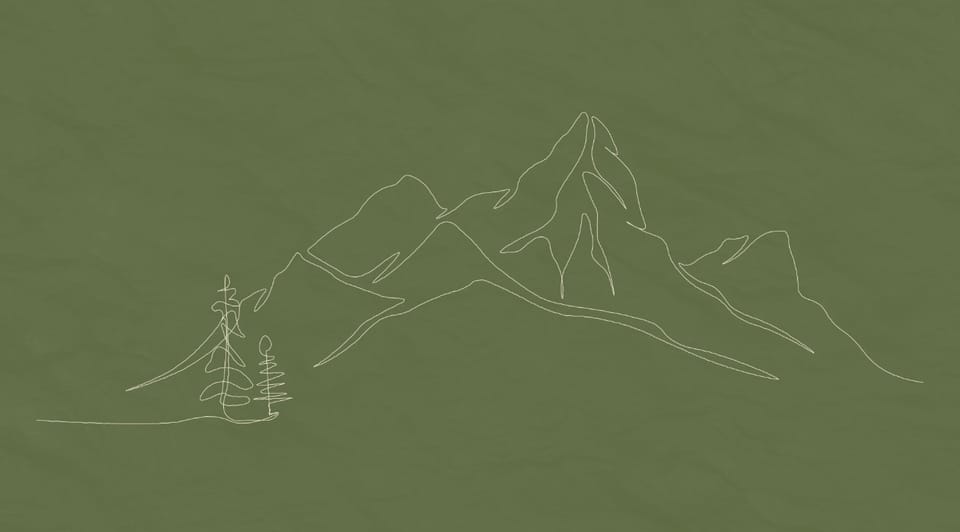5.2.3 Work→Flow
1. What parts of your practice make you feel most engaged and creative? Where do you find flow, momentum, or excitement in the process?
I find it exciting when I have an initial idea and start figuring out what I want to do, even though I sometimes struggle with where to start and can overload myself with too many ideas. I gain momentum when I begin iterating—exploring layouts, trying different versions, and experimenting with concepts. I really enjoy the process of exploring and experimenting, especially depending on the brief and the timeframe I have.
At times, I can confuse myself about what makes a strong design or the best approach, and it can feel hard to know which strategy to use. I like paying attention to detail and want to immerse myself in the work, but I can also get lost in the process. I try to stay organized by planning and thinking ahead, but the most challenging part is talking through my ideas, receiving criticism, and figuring out the steps to reach the final piece. When I do get clarity and connect with a concept, I can really dive in and enjoy the creative process fully.
2. When do you ‘actually’ feel like you’re designing? Think about the moments where you switch from ‘doing tasks’ to ‘making decisions.’
I feel like I’m truly designing when I start making decisions rather than just completing tasks. This often happens when I realise a design isn’t working with the brief, or when I question whether my strategy is right. The moments of refining, receiving feedback, and creating multiple versions of a design really make me feel engaged. I also feel like I’m designing when I’m actively researching, experimenting, and trying to ensure consistency throughout my work.
Even though I sometimes struggle with the experimental, hands-on part and question myself at the end about whether it’s “right,” I notice that my research and decision-making have a big impact on my designs. I feel most like a designer when I’m balancing experimentation, iteration, and reflection, and when every choice I make is purposeful and connected to the overall concept.
3. What pain points do you identify in your own workflow? Where does work get stuck, messy, repetitive, confusing, or inefficient? What tasks or steps feel like obstacles to designing? Where does your energy dip? What slows you down or pulls you out of the flow?
One of the main pain points in my workflow is when I don’t know what to do with my design anymore. I often reach a point where I feel stuck or unsure of the direction to take. I know I need criticism and feedback, but I’m not always clear on what defines the “best” design or which approach to go with. This uncertainty slows me down, disrupts my flow, and can make the process feel messy or confusing.
Part 2: Research Tools: What tools, techniques, or strategies did you find in your research?
- Noting ideas and observations using AI
- Asking AI questions to expand research or clarify concepts
- Creating moodboards to gather visual inspiration
- Using spider diagrams/mind maps to organise thoughts
- Looking at other designers’ and creatives’ work for reference
- Using my Notes app to collect ideas quickly and stay organised
How could these be integrated into your practice? (Bullet list)
- Use AI regularly to gather references, test ideas, or summarise research
- Build digital moodboards early in each project to establish visual direction
- Create spider diagrams for each brief to map out themes and connections
- Save inspiring work in organised folders or boards for future reference
- Use the Notes app to track daily ideas, feedback, and design decisions
- Combine visuals and notes into one system (e.g., Figma boards or Notion)
How might they reduce friction or support creativity?
- Helps generate ideas faster when I feel stuck
- Keeps research organised so I don’t feel overwhelmed
- Makes it easier to visualise concepts early in the process
- Supports clearer decision-making by mapping out options
- Encourages experimentation through quick iterations
- Saves time so I can focus more on the creative and conceptual parts
How do emerging tools (including AI) challenge or change what it means to be a designer, and how might your workflow need to adapt?
AI can gather research quickly, but that doesn’t guarantee the information is real, accurate, or useful for what you’re actually trying to create. While AI can generate endless ideas, the deeper creative work—exploring concepts, experimenting, finding meaning, and turning ideas into purposeful visuals—remains human. AI can produce images, words, and layouts, but it can’t replace the personal interpretation, decision-making, and emotional intention that define design. The designer’s unique perspective, intuition, and ability to think critically will always be essential.
What should designers keep hold of, and what could or should be supported or automated?
Designers should hold onto the decisions: the judgement, the taste, the meaning behind the work, and the creative direction. These are human strengths. Tasks that are repetitive or time-consuming—such as initial research, generating variations, or organising content—can be supported or automated by AI when helpful. Designers should remain the authors, not the tools.
Where do you see the role of a designer strengthening or shifting?
The role of a designer will strengthen in areas like planning, thinking, discussing ideas, developing strategies, and exploring concepts. Designers will spend more time experimenting, refining meaning, and guiding the creative vision, while using AI as a supportive tool rather than a replacement. The human role shifts toward being a curator, a storyteller, and a critical thinker—someone who shapes ideas into something purposeful, emotional, and original.
